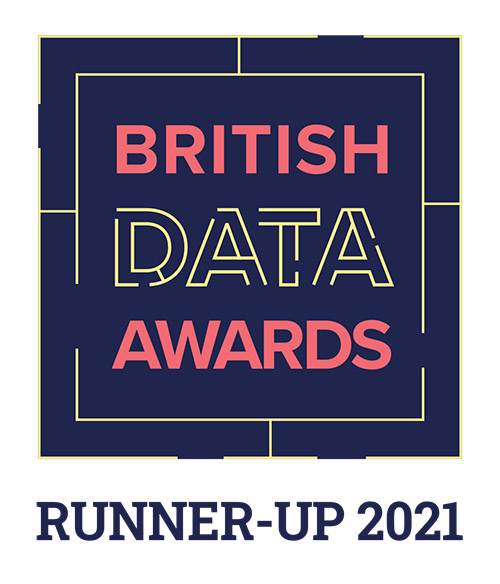The Community
Wellbeing Index












Places for socialising help to bring people together.
How we measure it:
Distance from outer boundary, with a value of zero if in the community
(© OpenStreetMap contributors)
Babies, preschool and primary school aged children encourage a closer link to the community.
How we measure it:
Proportion of children aged 14 and under in the community.
(Census 2011, ONS)
Older people who live alone may feel isolated.
How we measure it:
Proportion of households that are sole occupants, aged 50.
(Census 2011, ONS)
People who work close to home have more opportunities to interact with the local community.
How we measure it:
Proportion of workers in the community that are travelling 30km or further from their home address to their work address.
(Census 2011, ONS)
A higher number of houses being sold suggests that people are not staying within the area, weakening community bonds.
How we measure it:
Proportion of households that have been sold in the community in the previous three years.
(Land Registry)
Poor health can limit interaction and social activity.
How we measure it:
Proportion of the population suffering from long term illnesses or disabilities, categorised as: “day-to-day activities limited a lot”.
(Census 2011, ONS)
A high level of crime can erode trust within a community.
How we measure it:
Total crime counts in the community, per 10,000 population.
Crime data for Greater Manchester is incomplete, as this is not currently available from Greater Manchester Police. Any crime figures that appear within the Index for the Greater Manchester area are those that have been reported by other police forces.
(data.police.uk, IMD Scotland)
Even if the community itself has low crime rates, there may be a low sense of safety if the nearest town centre is a crime hotspot.
How we measure it:
Total crime counts in the nearest city centre, large town centre, major city centre, major urban centre or town centre. This is restricted to the nearest centre within 20km. If there is no centre within 20km of the locale, the indicator has been assigned a weight of zero for the community.
Crime data for Greater Manchester is incomplete, as this is not currently available from Greater Manchester Police. Any crime figures that appear within the Index for the Greater Manchester area are those that have been reported by other police forces.
(data.police.uk, Geolytix Retail Places)
The presence of Neighbourhood Watch schemes within a community promote ‘neighbourliness’.
How we measure it:
The number of Neighbourhood Watch supporters within each community, scaled per 10,000 population.
(Neighbourhood Watch)
Our research identified nine areas that matter for community wellbeing. These are grouped into People, Place and Relationships.
The availability of good, accessible, affordable services to help all ages make the most of education and learning opportunities.
Find out moreAccess to good quality public, voluntary, and social care services that promote physical and mental health in the community.
Find out moreServices and infrastructure in place to promote a sustainable, ethical, inclusive economy that meets the needs of local people.
Find out moreAccess to affordable and inclusive cultural and leisure activities, services and amenities which celebrate the diverse histories of people in the community.
Find out moreAccess to affordable and sustainable transport and communication networks for everyone, especially those with disabilities.
Find out moreAffordable, secure, quality housing, a safe and clean surrounding environment, and well-kept, accessible and inclusive public spaces for people of all ages.
Find out moreThe state of family, social and community relationships and the impact of any breakdown in trust on issues like crime.
Find out moreEqual and fair opportunities for everyone, regardless of ethnicity, religion, colour, age, ability, sexuality, gender, income etc. Services and infrastructure in place to promote equality, equity and fairness.
Find out moreDemocratic governance and decision-making mechanisms in place to allow people to express themselves and take either individual or collective action to improve the local community and beyond.
Find out more
It looks like one of our systems has fallen over.
Our team is already patching it up, so please try again soon.

We care about the wellbeing of our local communities, which is why we are applying a few changes to our postcode search for you to find your local wellbeing score.
You can still find out about the great work involved throughout the Community Wellbeing Index on site.